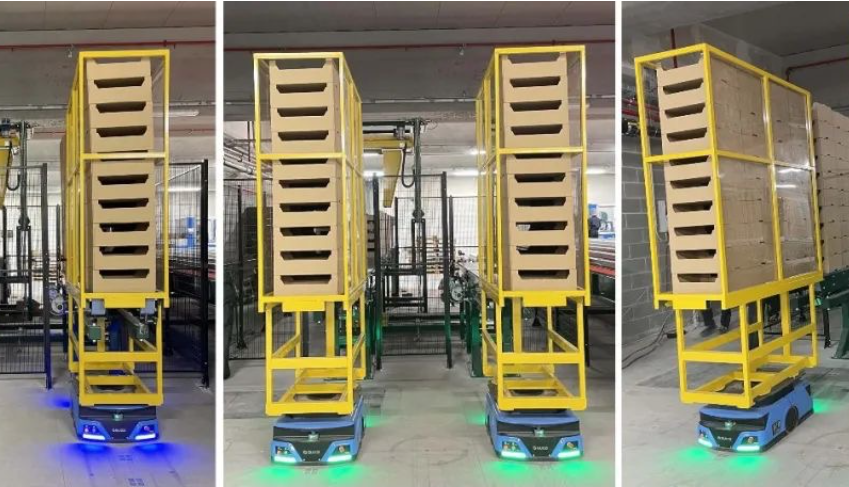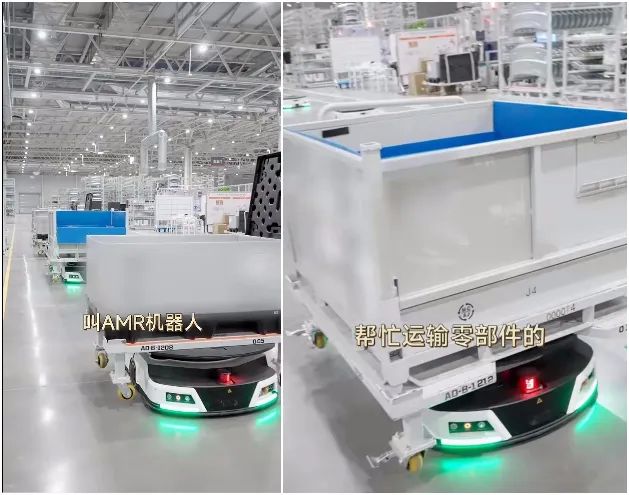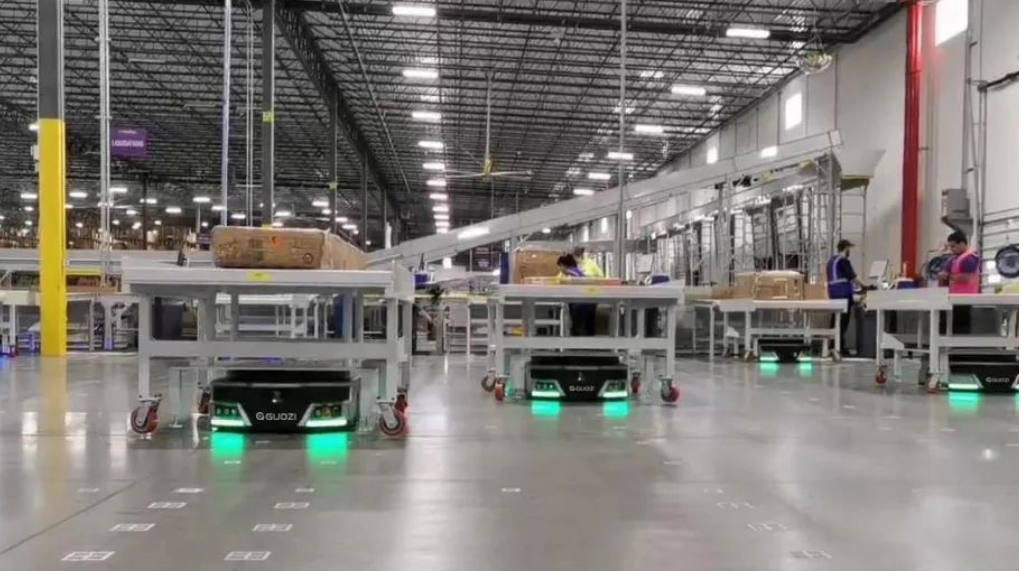With the advent of Industry 4.0, the manufacturing industry is undergoing profound changes. In this transformation, the application of intelligent and automated technologies has become key to improving production efficiency and reducing costs. Particularly in the field of material handling, the maturity and application of material handling robotics have brought new picking solutions to the manufacturing industry. The following explores the in-depth application of material handling robots in the picking process of manufacturing and their future development trends from different perspectives.
I. Core Advantages of Material Handling Robotics Technology
The core advantages of material handling robotics technology lie in its high levels of automation and intelligence, which are reflected in the following aspects:
1. Precision and Efficiency: Material handling robots can execute picking tasks with precision, unaffected by external environmental factors, greatly enhancing operational efficiency.
2. Flexibility: Modern material handling robots are highly adaptable and can be quickly adjusted to accommodate different production tasks and working environments.
3. Safety and Reliability: Robot operations reduce human error, improving workplace safety.
4. Cost Savings: In the long term, material handling robots can reduce labor costs and increase production efficiency.
II. Application Scenarios of Material Handling Robots in Manufacturing Picking Processes
1. Automated Warehouses: Material handling robots play a crucial role in automated warehouses, efficiently completing tasks such as item storage, picking, and handling.
2. Production Line Material Distribution: In complex production lines, material handling robots can deliver materials to specified locations on time according to production demands.
3. Product Packaging and Sorting: Robots can automatically complete product packaging and sorting, improving the automation level of packaging lines.
4. Cold Chain Logistics: In cold chain logistics, material handling robots can operate stably in low-temperature environments, ensuring food safety.
III. In-Depth Application of Material Handling Robotics Technology
1. Intelligent Dispatching Systems: By integrating advanced scheduling algorithms, material handling robots can achieve coordinated operation of multiple robots, improving overall operational efficiency.
2. Machine Vision Recognition: Using machine vision technology, robots can identify items of different shapes and sizes, achieving precise picking.
3. Human-Robot Interaction: Through human-robot interaction technology, operators can communicate more intuitively with material handling robots, improving operational convenience.
4. Data Analysis: Material handling robots can collect large amounts of production data, using data analysis to optimize production processes and realize intelligent manufacturing.
IV. Future Prospects of Material Handling Robotics Technology
1. Improvement of Autonomous Navigation: Future material handling robots will have more advanced autonomous navigation capabilities, allowing for flexible operation in more complex environments.
2. Increase in Intelligence: With the development of artificial intelligence technology, material handling robots will possess higher-level decision-making abilities, capable of handling more complex tasks.
3. Cross-Industry Integration and Innovation: Material handling robots will deeply integrate with technologies such as the Internet of Things and big data, forming a more efficient production management system.
4. Further Cost Reduction: As technology matures and production scales up, the cost of material handling robots will become more accessible, leading to a significant increase in adoption rates.
The in-depth application of material handling robotics technology has brought about a revolutionary picking solution to the manufacturing industry. It not only improves production efficiency and reduces costs but also promotes the rapid development of the manufacturing industry towards intelligence and automation. Looking forward, as technology continues to advance, the application of material handling robots in manufacturing will become even more widespread, becoming a significant force driving the progress of Industry 4.0.








